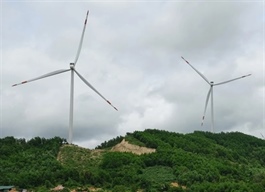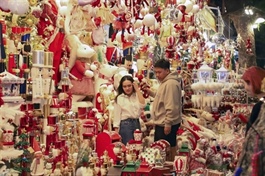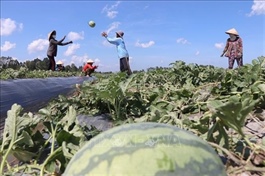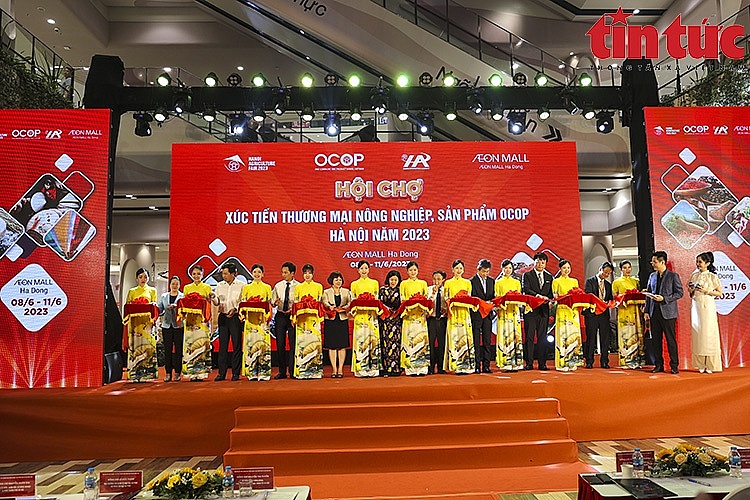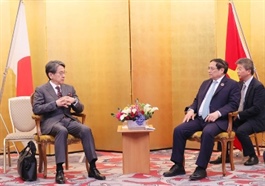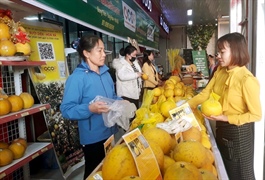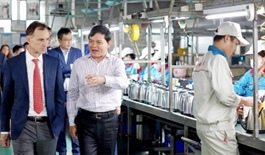VN's fleet struggling with EU's new environmental laws
VN's fleet struggling with EU's new environmental laws
Việt Nam's fleet is grappling with significant challenges in adapting to global environmental shifts, said industry insiders and experts.
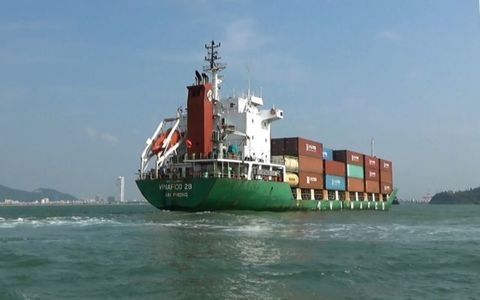
Container ship VINAFACO 28 seen in the coastal province of Bình Định. — VNA/VNS Photo Nguyễn Linh |
Commencing January 1, 2024, in line with European Union (EU) regulations, ships entering EU ports will incur fees for carbon emissions. The estimated cost for the maritime transport sector to comply with these regulations hovers around US$3.6 billion, urging global shipping companies to expedite the transition to eco-friendly practices.
Leading global shipping companies, including Maersk Line, Cosco, CMA-CGM, and Evergreen, are spearheading efforts to construct ships powered by clean fuels. This presents a formidable challenge for Vietnamese shipping firms, particularly those operating on international routes, as a failure to adapt swiftly could lead to obsolescence.
A pivotal change on the horizon involves complying with the International Maritime Organization (IMO) criteria to prevent air pollution from ships. The IMO's Marine Environment Protection Committee approved the International Convention for the Prevention of Pollution from Ships at its 76th session in 2021.
According to the Vietnam Register, of approximately 1,500 Vietnamese vessels, over 400 have been approved for the Energy Efficiency Existing Ship Index (EEXI). However, only about 40 per cent comply with regulations, with 60 per cent still needing to implement measures to reduce power. Notably, the EEXI regulation's most substantial impact is observed in the oil tanker and bulk carrier categories.
Ageing fleet
For vessels that do not meet regulations, feasible measures such as reducing power, enhancing the bow or stern, utilising alternative fuels, or adopting energy-saving technologies can be applied. However, limiting engine/power output emerges as the most practical solution.
Fuel-efficient vessels with shorter port waiting times are advantageous in terms of carbon emissions and compliance with the Carbon Intensity Indicator (CII) for the same travel distance. However, impending stricter ranking criteria in the coming years pose a challenge for vessels to comply without continuous improvements.
According to a representative from the Vietnam Register, vessels need to embrace more technologies to optimise logistics processes and reduce waiting times at ports.
Hoàng Lê Vương, deputy head of the Maritime Transport Department of the Vietnam Maritime Corporation (VIMC), highlighted the unit's application of new technologies to reduce emissions. VIMC's shipping companies have collaborated with ports to install shore power supply stations, aiming to decrease fuel consumption.
Meanwhile, optimising vessel engine capacity, selecting optimal engine power during rotations, enhancing inspections to clean the hull and propeller to reduce drag force and fuel consumption, and increasing vessel speed are among the measures undertaken.
In the long term, enterprises' primary solution is to decommission old and non-compliant vessels and invest in rejuvenating the fleet with new-generation vessels. VIMC plans to build six container ships, four oil tankers, and eight bulk carriers by 2030, in addition to acquiring used ships under 10 years old. The company is also exploring investments in developing vessels using green fuels like methanol or LNG for new ships.
However, Vương noted that achieving the EEXI index requires most current vessels to reduce their main engine power, impacting operational efficiency. He emphasised the challenge for some vessels in securing cargo transportation contracts due to an inability to achieve the required operational speed.
Sharing a similar perspective, Nguyễn Đại Hải, deputy general director of Việt Nam-based Tân Cảng Maritime Transport Company, highlighted that charter contracts now consider criteria related to reducing carbon emissions. They evaluate compliance with emission reduction standards when deciding whether to approve the charter.
This predicament presents a considerable challenge for Vietnamese shipping enterprises, especially those with older vessels. Meanwhile, the cost of building new vessels running on clean fuels with low emissions is substantially higher, with a difference of around $10 million compared to conventional vessels.
As a major player in the Vietnamese maritime fleet, VIMC disclosed that currently, 45 out of 60 of its vessels have been approved for EEXI. Among them, 11 vessels are exempt from power restrictions, while more than 40 vessels have to install power-limiting equipment (reducing to 70-60 per cent). Additionally, 52 VIMC vessels fall under the category requiring evaluation for the Carbon Intensity Indicator (CII).



